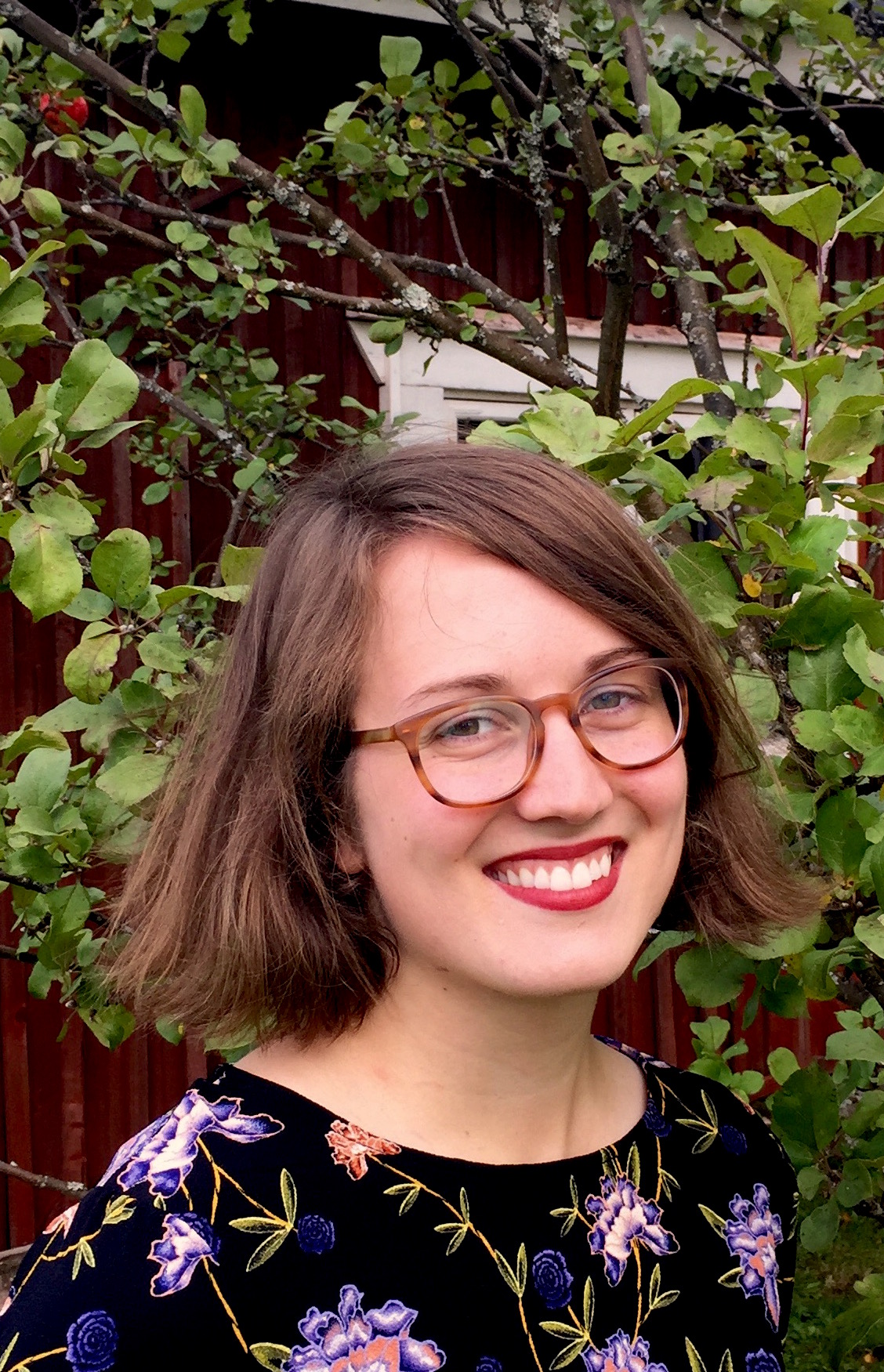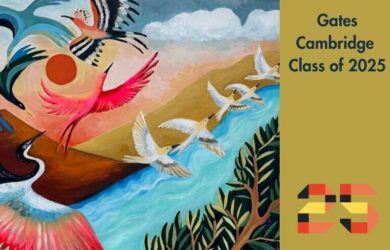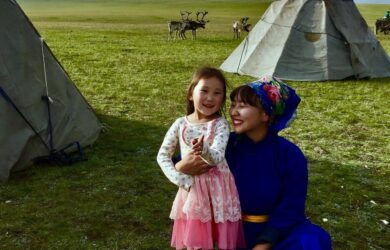
Scholar-Elect Sofia Singler on researching Finnish architecture and inspiring children.
Architecture has become a highly specialised, insular field only taught in universities. Yet it affects everyone’s lives every single day.
Sofia Singler
Sofia Singler [2016] attended extracurricular architecture classes in Finland from the age of 10. The experience has shaped her career so far and this autumn she begins a PhD in Architecture, focusing on the work of Finland’s foremost modernist architect Alvar Aalto. Now she wants to ensure other children can have the same start as she did.
For the past few years she has been running workshops in Finland and the US on architectural themes for children under the age of 12 to introduce them to architecture, primarily through play and curiosity-driven, hands on activities such as model building. She says: “We teach children the basics of literature, theatre and poetry, but we don’t teach much about architecture. If architecture is taught at school it is mostly about its history. Architecture is becoming increasingly specialised and people are increasingly unaware of more complex architectural and urban issues such as planning, and more generally, of what makes good architecture. It has become a highly specialised, insular field only taught in universities. Yet it affects everyone’s lives every single day.”
She hopes to continue the workshops while she is at Cambridge and to use Cambridge as a “fertile laboratory” for her ideas and for her ultimate goal of setting up an architecture school of her own. Sofia, who won a commendation in the Royal Institute of British Architects' Eye Line 2016 drawing competition this summer, thinks Gates Cambridge will help to bring her ambitions to fruition. “The scholarship has fuelled my desire and plans with regard to children’s architecture. It has given them more weight and inspired me further to give back,” she says.
Architecture and the environment
Sofia did all her secondary schooling in Finland, although she was born in the US and lived in four different countries before she was 10. At school she was a good all rounder, but particularly enjoyed the visual arts and languages – hence her decision to enrol in extracurricular classes in architecture at a local art school. She was drawn by the fact that architecture was everywhere and the more she studied it the more she felt she understood her environment. “I have always had an interest in how architecture frames human life,” she says.
Initially she went to class once a week, but as she got older she worked on specific projects, culminating in a final diploma project at the end of secondary school. At school she did the International Baccalaureate and wrote her extended essay on the influence of architecture in Finnish literary modernism. She says Finland has a very strong design culture and that many designers approach the subject in a holistic way. “For me, architecture is the grand frame in which other design sits,” says Sofia. “I am sure it is has influenced my perception of Finnish culture.”
She says the University of Cambridge was “an obvious choice” for her first degree. Not only did it have some of the best architecture lecturers in the world and one to one supervisions, but the town of Cambridge was a wonderful place for architects. She began her degree in 2010 and during it she worked as her college Sidney Sussex’s chapel warden. She was interested in ecclesiastical and funerary architecture and, since every college at Cambridge has a chapel, it was the ideal place to explore it.
Her dissertation was on the funerary architecture of Alvar Aalto. Sofia grew up in his home town of Jyväskylä which is also home to most of his buildings. “I have a very personal relationship with the buildings,” she says. “I wanted to understand them from an analytical as well as an emotional perspective. Later, I became particularly interested in cemeteries as public spaces and the relationship between funerary architecture and the theological and socio-cultural ideas of the time they were created.” She was fascinated by the way Aalto’s work was both rational and modern as well as being deeply humane and poetic.
During her degree she spent every summer in Finland, visiting archives and museums to get inspiration and discovered that Aalto had done some beautiful sketches of projects that had never been completed, but which had not been mentioned in research studies before. It gave her a taste for doing original research.
Architecture and theology
After finishing her degree in 2013, she worked for a year at an architecture firm. She got a job in a Boston, Massachusetts firm. As a junior architect, she worked on a series of projects, including working at the end of her year on a power plant project with a team of engineers. The experience inspired her to learn more about US architecture and she applied to Yale’s school of architecture to do a two-year master’s degree. Yale placed an emphasis on exposing students to the different, sometimes clashing ideas of studio masters. One seminar class which had a big impact on her was on religion and modern architecture. It explored the relationship between architecture and theological developments in the 20th century.
She missed Cambridge, however, and applied to do her PhD there, under the supervision of Dr Max Sternberg, whose work she knew from her undergraduate degree. Her PhD will expand her research on Aalto, broadening it to include all his ecclesiastical works, his churches and chapels as well as his crematoria, and she will study his work in relation to his contemporaries. She is also keen to explore the relationship between modern European architecture and 20th century theology.
She hopes after completing the PhD to continue her work of promoting architecture education and an appreciation of the built world around us.
*Photo credit: Jason Kurzweil.

Sofia Singler
- Alumni
- Finland
- 2016 PhD Architecture
- Pembroke College
My research examines how the Finnish modernist Alvar Aalto’s ecclesiastical oeuvre can enrich our understanding of the relationship between religion and modern architecture, and revise misleadingly uncomplicated assumptions concerning their mutual exclusivity.
Previous Education
University of Cambridge
Yale University












